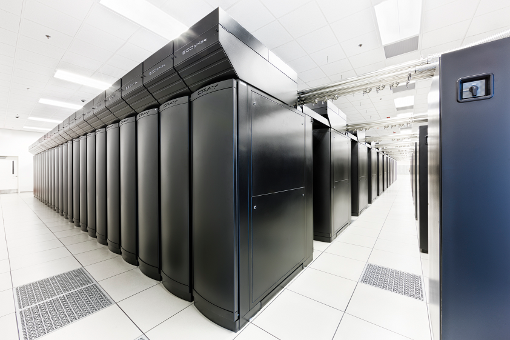Parallel I/O – Why, How, and Where to?
Mohamad Chaarawi, The HDF Group
First in a series: parallel HDF5
What costs applications a lot of time and resources rather than doing actual computation? Slow I/O. It is well known that I/O subsystems are very slow compared to other parts of a computing system. Applications use I/O to store simulation output for future use by analysis applications, to checkpoint application memory to guard against system failure, to exercise out-of-core techniques for data that does not fit in a processor’s memory, and so on. I/O middleware libraries, such as HDF5, provide application users with a rich interface for I/O access to organize their data and store it efficiently. A lot of effort is invested by such I/O libraries to reduce or completely hide the cost of I/O from applications.
Parallel I/O is one technique used to access data on disk simultaneously from different application processes to maximize bandwidth and speed things up. There are several ways to do parallel I/O, and I will highlight the most popular methods that are in use today.

Blue Waters supercomputer at the National Center for Supercomputing Applications, University of Illinois, Urbana-Champaign campus. Blue Waters is supported by the National Science Foundation and the University of Illinois.
First, to leverage parallel I/O, it is very important that you have a parallel file system;